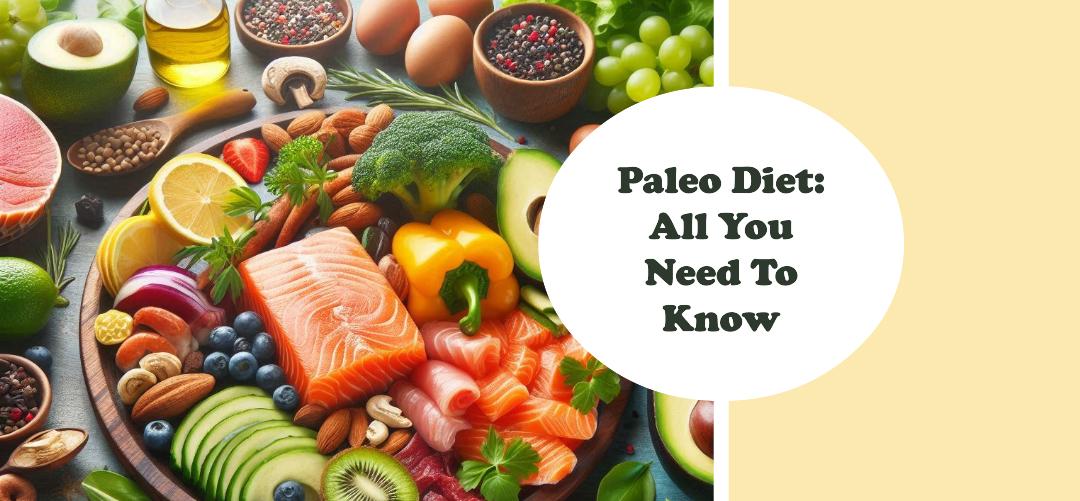Can You Eat Dairy on Paleo Diet? Debunking Myths!
When it comes to following the Paleo diet, one of the common questions that arises is whether or not dairy is allowed. The Paleo diet, also known as the caveman diet, focuses on consuming foods that would have been available to our hunter-gatherer ancestors. This includes lean meats, fish, fruits, vegetables, nuts, and seeds while excluding processed foods, grains, and legumes. However, the stance on dairy within the Paleo community is a topic of debate.
What is the Paleo Diet?
The Paleo diet is based on the idea of eating foods that our ancestors would have consumed during the Paleolithic era. This means focusing on whole foods that can be hunted or gathered, while avoiding processed and refined foods. The diet emphasizes the consumption of lean meats, fish, fruits, vegetables, nuts, and seeds, while excluding grains, legumes, and dairy products.
Dairy and the Paleo Diet
When it comes to dairy, the Paleo diet takes a strict stance. The reasoning behind this is that dairy products were not consumed by our Paleolithic ancestors. The domestication of animals for milk production came much later in human history, so the argument is that our bodies may not have evolved to properly digest and process dairy products.
Another reason for the exclusion of dairy from the Paleo diet is the potential for lactose intolerance. Many people have difficulty digesting lactose, the sugar found in milk and dairy products. This can lead to digestive issues and discomfort, which goes against the principles of the Paleo diet, which aims to promote optimal digestion and overall health.
Types of Dairy and Their Paleo Suitability
While the general stance of the Paleo diet is to avoid dairy, some variations of the diet may allow certain types of dairy products in moderation. It’s important to understand the different types of dairy and their potential impact on the body when considering their inclusion in a Paleo diet.
1. Milk
Cow’s milk and other animal milk are typically excluded from the Paleo diet due to their high lactose content and potential for digestive issues. However, some individuals following a more lenient version of the Paleo diet may choose to include raw, organic, and grass-fed milk in limited quantities.
2. Cheese
Cheese is a concentrated form of milk and contains less lactose than milk. Some proponents of the Paleo diet may allow certain types of cheese, particularly those that are aged and have lower lactose content. However, it’s important to consume cheese in moderation, as it is still a dairy product and may not align with the principles of the strict Paleo diet.
3. Yogurt
Yogurt is a fermented dairy product that contains beneficial probiotics. While traditional yogurt is made from milk and is therefore excluded from the strict Paleo diet, some variations of the diet may allow for the consumption of certain types of yogurt, particularly those that are low in added sugars and made from high-quality, full-fat milk.
4. Butter And Ghee
Butter and ghee, which is clarified butter, are primarily made up of milk fat and contain minimal lactose and casein, the two components of dairy that can cause digestive issues for some individuals. As a result, some followers of the Paleo diet may choose to include grass-fed butter or ghee in their cooking and food preparation.
The Debate Within the Paleo Community
While some individuals within the Paleo community take a strict stance on the exclusion of all dairy products, others are more lenient and may allow certain types of dairy in moderation. The debate stems from the lack of clear consensus on whether dairy aligns with the principles of the Paleo diet, as well as individual variations in tolerance to dairy products.
Proponents of the strict Paleo diet argue that dairy was not consumed during the Paleolithic era and therefore should not be included in a diet based on ancestral eating patterns. They also point to the potential negative health effects of dairy, particularly its impact on gut health and inflammation, as reasons for its exclusion.
On the other hand, those who are more open to including certain types of dairy in the Paleo diet argue that not all dairy products are created equal. They emphasize the potential nutritional benefits of certain dairy products, such as their protein, calcium, and healthy fat content, as well as their role in supporting gut health when consumed in moderation.
Considerations for Including Dairy in a Paleo Diet
For individuals who are considering including dairy in their Paleo diet, there are several factors to take into account:
- Quality: Opt for high-quality, organic, and grass-fed dairy products to minimize the potential negative health effects associated with conventional dairy production.
- Individual Tolerance: Pay attention to how your body responds to dairy consumption. Some individuals may tolerate certain types of dairy better than others, so it’s important to be mindful of any digestive discomfort or adverse reactions.
- Moderation: If you choose to include dairy in your Paleo diet, do so in moderation. Overconsumption of dairy products, even those deemed suitable for Paleo, may still have negative health effects.
- Alternative Sources: Consider alternative sources of nutrients found in dairy, such as calcium and healthy fats, from non-dairy foods that are in line with the principles of the Paleo diet, such as leafy greens, nuts, and seeds.
Frequently Asked Questions
Is Dairy Allowed On The Paleo Diet?
Yes, dairy products like ghee, butter, and yogurt can be consumed in moderation.
Why Is Dairy Restricted On The Paleo Diet?
Paleo diet restricts dairy because it is a modern food and may cause inflammation.
Is Milk A Paleo Food?
Milk is not considered a paleo food because it contains lactose and casein.
Can You Eat Cheese On The Paleo Diet?
Some types of cheese like goat cheese and feta can be eaten in moderation on the paleo diet.
Conclusion
Ultimately, the decision to include dairy in a Paleo diet is a personal one, and there is no one-size-fits-all approach. While the strict Paleo diet excludes all forms of dairy, some individuals may find that they can tolerate certain types of dairy products in moderation and derive nutritional benefits from their inclusion. It’s important to weigh the potential benefits and drawbacks of including dairy in a Paleo diet and make an informed decision based on individual health goals and tolerance to dairy products.
Regardless of whether or not dairy is included, the foundation of the Paleo diet remains the same – focusing on whole, nutrient-dense foods that support overall health and well-being.





